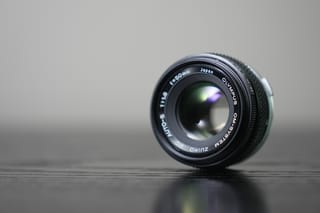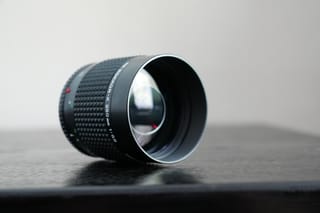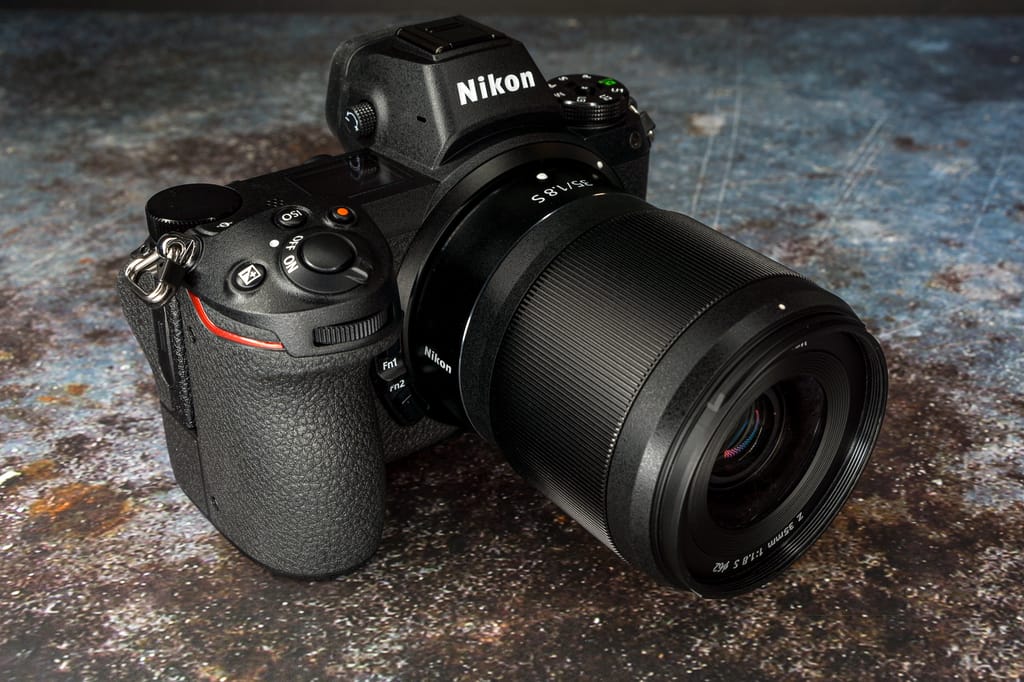
The Nikon Z6 has been out for eight months—a lifetime, considering how short product lifecycles are these days. And while the Z6 and its hi-res sibling, the Z7, garnered some attention around the announcement of the Z-series, they’ve since been overshadowed by a slew of full-frame mirrorless releases by Canon (R & RP), Panasonic (S1, S1R & S1H), Sony (a7R IV) and even Sigma (FP).
I won’t go as far as to say that the Z series has gone unappreciated, because, by all accounts, it’s had steady sales. Especially the Z7 bodies, which sold faster than Nikon could produce them for several months after launch. But because latest-and-greatest is what dominates the discourse in this industry, these cameras have kind of fallen by the wayside and out of the conversation. And that’s too bad, because the Z cameras are certainly worthy of discussion.
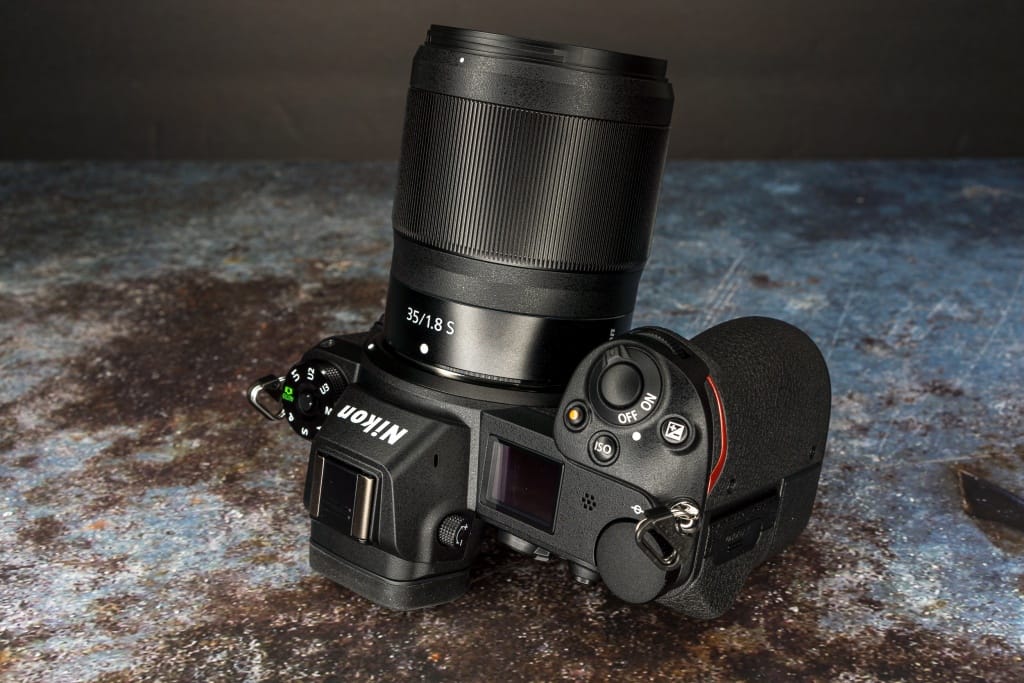
I recently took the Z6 out for a spin with the Nikkor 35mm f/1.8 S and found the kit quite capable and fun to use. I decided to put it through the paces on a photo walk to answer some basic questions—how does it handle, how are the features, and how do the photos look. Let’s go through some of my findings.
How Does the Nikon Z6 Handle?
Generally speaking, all I want in a camera is something that stays out of my way and feels natural to use, and I have to say, the Z6 impressed me with its intuitive design and handling. It sports one of the best grips on any mirrorless camera, and while its generous size adds a bit of bulk, the comfort that it offers is certainly welcome when walking around with it in hand for hours.
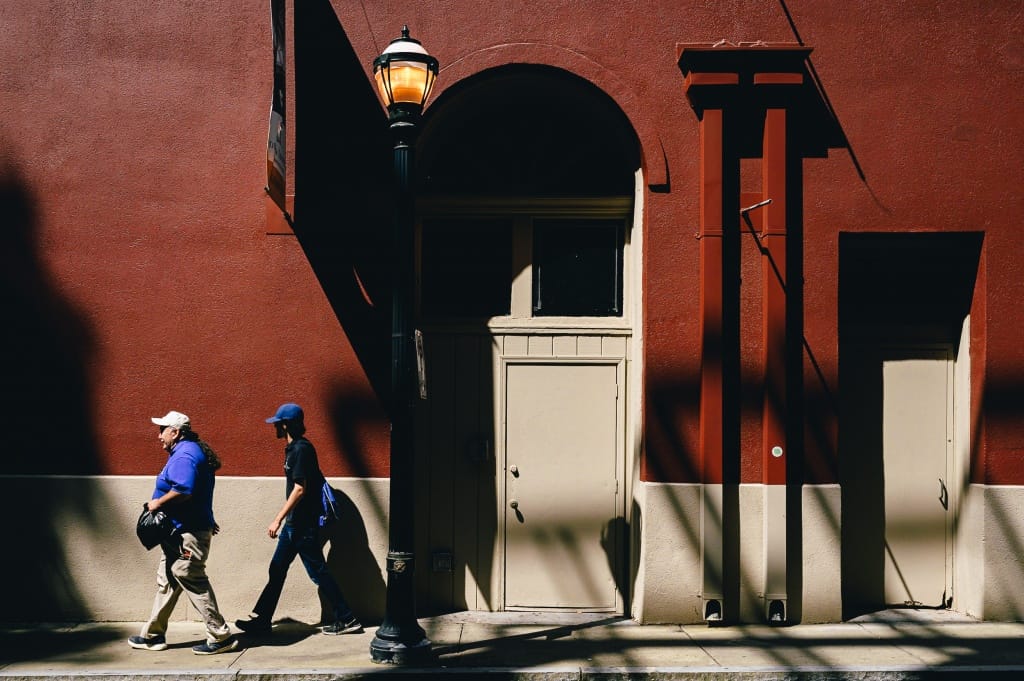
Although the Nikkor Z 35mm f/1.8 S is bigger and heavier than I’d like for a mirrorless prime, the body is well-balanced with the lens. If the 35mm was, say, an f/2 or an f/2.8 instead, perhaps Nikon could shave half the size and weight, and I’d welcome that option.
It’s not like Nikon is the only manufacturer at fault here (looking at you Sony, Panasonic, Sigma & Canon), but it would be nice if there was a little more consideration given to size with this new generation of lenses. After all, aren’t mirrorless systems supposed to be more portable? Having said that, this Nikkor Z 35mm is a good performer, and a great lens optically.

I also can’t complain about the build quality—both body and lens are well-constructed and appear sturdy and durable. All the dials and buttons on the body offer a good haptic feel and the layout is similar to most Nikon DSLRs, so if you’re familiar with those, it should be a simple transition. Having shot the D810 a bit, easing into the Z6 was no problem at all. Everything is where it should be, but on a smaller and sleeker body.
How Are the Features on the Nikon Z6?
The Z6 comes loaded with all the modern features you’d expect from a professional-grade mirrorless camera. Since the specs are no state secret, I won’t bore you with them here. Instead, I’ll focus on things that matter to me, which is to say, not video performance (I’m a stills guy—I don’t do much video work, so I couldn’t give it a fair assessment).
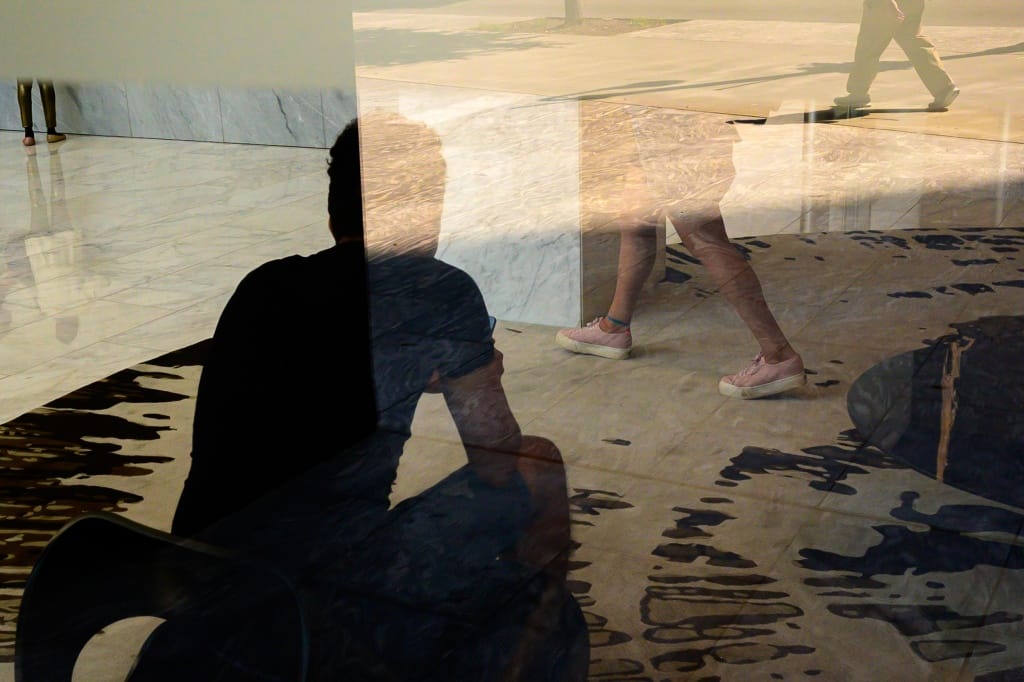
First off, I have to mention the great electronic viewfinder and rear screen display. They are both ultra-high resolution, sharp, and offer true-to-life clarity and brightness. If you’re used to optical viewfinders and have trepidations about having to look through an EVF, you shouldn’t hesitate to try the Z6—you won’t be disappointed. Also, the EVF is offset from the body, so when looking through it, my nose didn’t smush against the monitor, which is something that routinely annoys me in other SLR-based bodies.
Another great feature is the 5-axis image stabilization. This is becoming standard in high-end bodies, and as someone who never even thinks of carrying a tripod, I appreciate having the option to capture sharp hand-held images at low shutter speeds. Having an in-body stabilized sensor also means that all lenses—even old Nikkor manual focus lenses—will benefit from this feature, which translates into new life and opportunity for adapted lenses.

After updating to the latest firmware, the autofocus seemed snappy and accurate. Honestly, in daylight, I usually just set the aperture between f/8 and f/11 and lock the focus at about 1 meter. This way, basically everything is in focus and I can concentrate on more important things like framing and capturing the right moment. I don’t use features like subject tracking or face recognition much, but if you do, the Z6 has got you covered. From what I tried, you should be satisfied with the results.
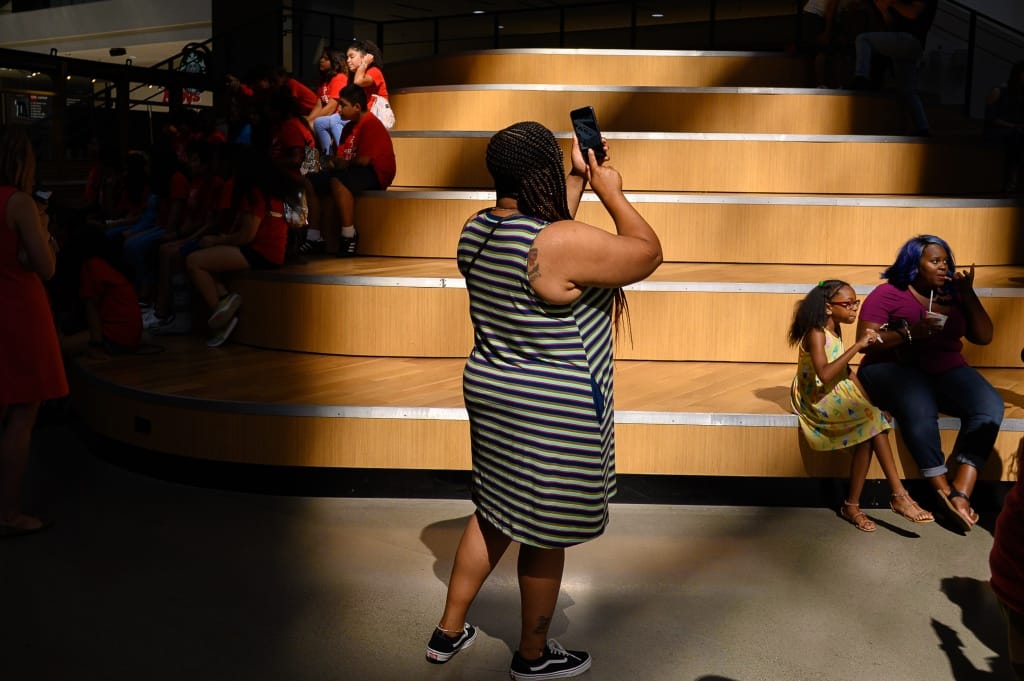
One area that I’m always curious to test is the metering modes—this is an often overlooked topic by reviewers, even though each manufacturer has slightly different definitions and methodology on how to measure light. For example, on the Nikon Z6, the highlight-weighted metering mode is probably the most accurate of its kind that I’ve used. I relied on it exclusively in direct sunlight to retain as much detail as possible in the highlights. On the Sony a7III, on the other hand, the same mode tends to be less consistent, often resulting in underexposed shots. It’s always nice to know that when I shoot in aperture priority, I can rely on accurate metering, and the Z6 did not disappoint.
How Do the Images from the Nikon Z6 Look?
Ultimately, what I evaluated most closely about the Nikon Z6 and the 35mm Nikkor lens is the quality of the images that were captured. And I have to say, I was really happy with the results. The colors look great—which is no surprise, because I usually find Nikon colors pleasing to the eye. There’s good depth and saturation there, and it doesn’t take hardly any editing to make the images come to life.

If you do like to go wild with your edits, there’s plenty of latitude in the RAW files. Details in deep shadow are easily recoverable and color accuracy is retained throughout the range. I’m no portrait photographer, but I do love to photograph people on the street, and the Z6 produces pleasing and natural skin tones.

The 24-megapixel sensor of the Z6 offers plenty of resolution for general use and I have no doubt that if I blew up these images to poster size, they’d look fine. The 35mm is very sharp from edge to edge and shows no apparent flaws. Even in low light and at higher ISOs, the images came out looking clean and usable, retaining color, detail and good contrast.
Final Thoughts
If you’re in the market for a full-frame mirrorless camera, chances are good that you’ll be looking at Sony or perhaps Canon’s line-up first, but after having used the Z6, I think you’d really miss out by overlooking Nikon’s newest offering. The Z6 is a mighty good camera for street photography—and I suspect it’s more than capable at getting most jobs done. Nikon is rolling out more lenses for the Z series, so I think it’ll be a good system to grow with over the next few years.
Given how happy I was with the images from the Z6 and the 35mm lens, I’m now curious to try out the Z7 and see what the higher megapixel count can produce with this glass.
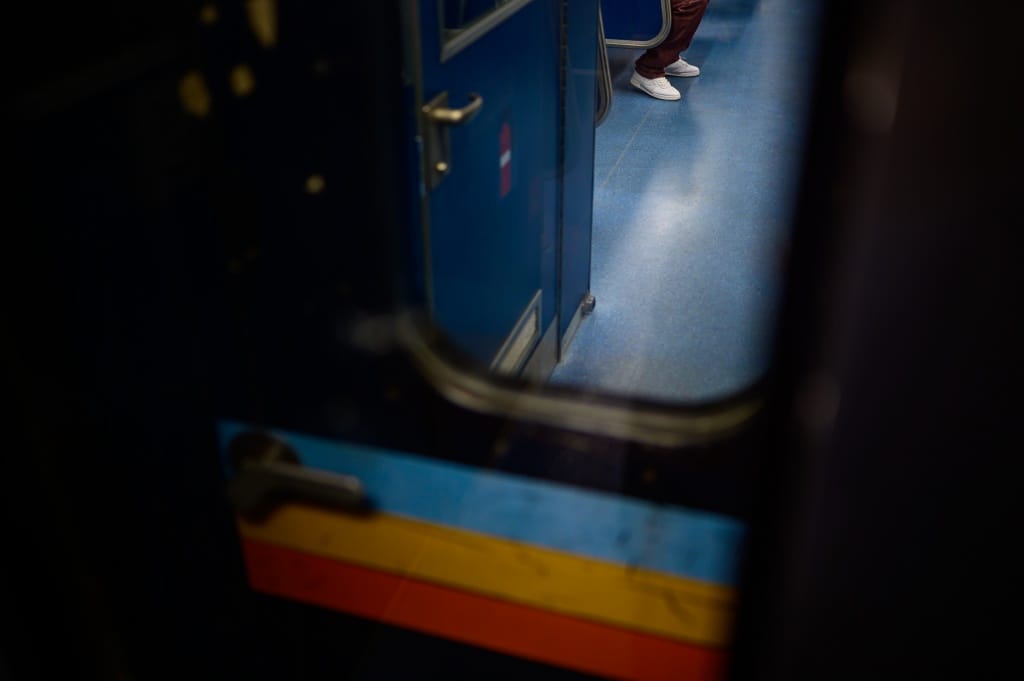
I’ll be reviewing other notable full-frame mirrorless cameras over the next few weeks, so stay tuned to this blog for more of my thoughts and images.



